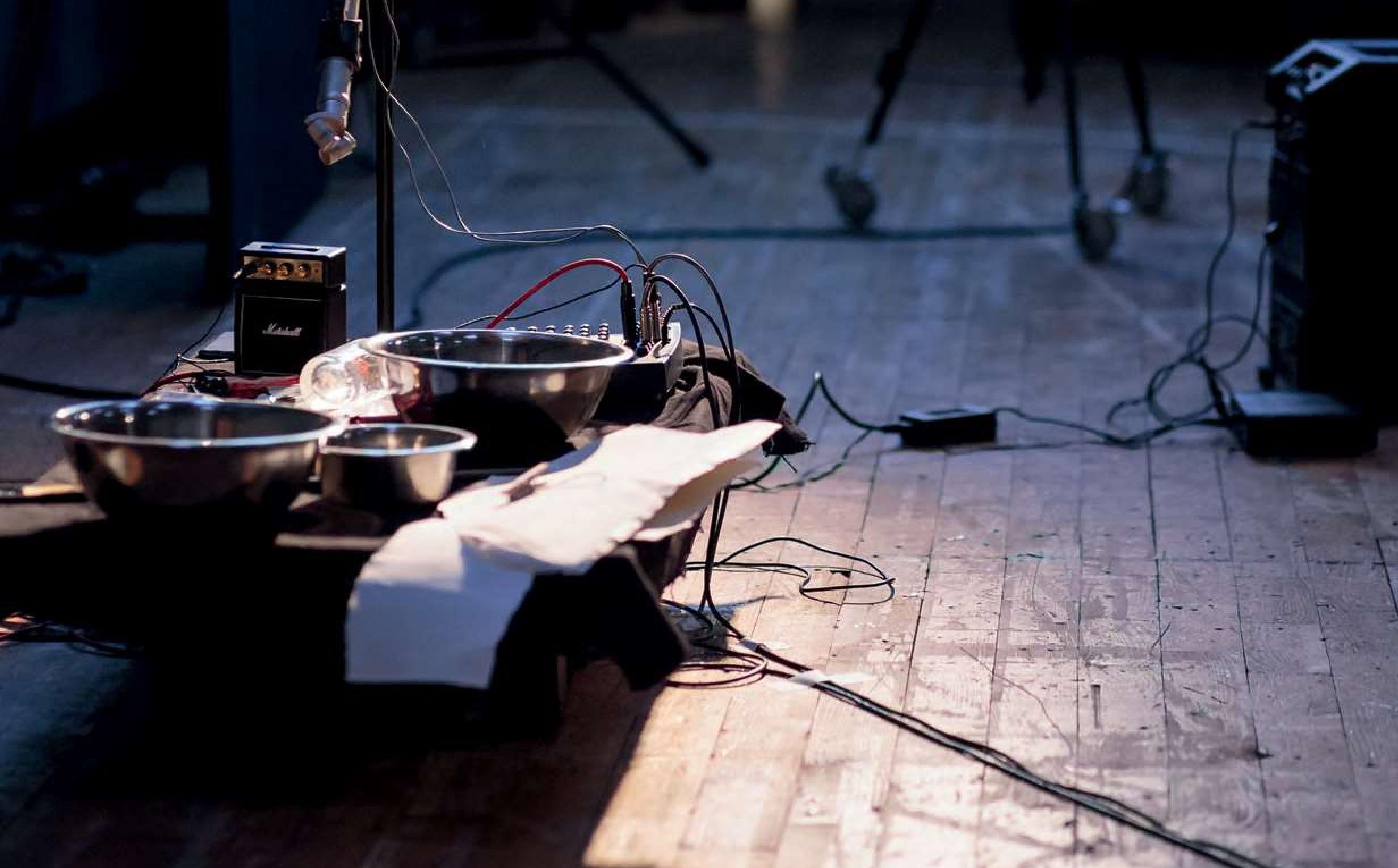Abstract
Es war das erste große Education-Projekt der Berliner Philharmoniker mit ihrem Chefdirigenten Sir Simon Rattle im Winter 2002/03: Kinder und Jugendliche aus 25 Nationen tanzten Igor Strawinskys „Le Sacre du Printemps“, choreografiert von Royston Maldoom, begleitet von den Berliner Philharmoniker. Nicht zuletzt durch den preisgekrönten Dokumentarfilm „Rhythm is it“ machte das Projekt Musikvermittlung einer großen Öffentlichkeit bekannt und veranlasste andere Institutionen dazu, ähnliche partizipative Musikvermittlungsprojekte durchzuführen und entsprechende Stellen zu schaffen. Während seiner Umsetzung wurde das Projekt zudem im Auftrag der Berliner Philharmoniker und der Bürgerstiftung Berlin begleitet und evaluiert. Entstanden ist eine Broschüre, die das Projekt dokumentiert und Ergebnisse der Befragungen zusammenfasst.
It was the first major education project of the Berliner Philharmoniker with its principal conductor Sir Simon Rattle in the winter of 2002/03: children and young people from 25 nations danced Igor Stravinsky's "Le Sacre du Printemps," choreographed by Royston Maldoom and accompanied by the Berliner Philharmoniker. Not least through the award-winning documentary film "Rhythm is it," the project brought music education to the attention of a large public and prompted other institutions to implement similar participatory music mediation projects and create corresponding positions. During its implementation, the project was also monitored and evaluated on behalf of the Berliner Philharmoniker and the Bürgerstiftung Berlin. The result is a brochure that documents the project and summarizes the results of the surveys.
Zitiervorschlag:
Bleek, Tobias: Zukunft@BPhil. Le Sacre du printemps. Tanzprojekt. Dokumentation. Berliner Philharmonie GmbH (Hrsg.), Berlin, 2003. Wiederveröffentlicht in: Klangakt, Bd. 1, Nr. 1, 2023, DOI: 10.5282/klangakt/20
(Wir danken Autor*innen und Verlag für die Rechte zur Zweitpublikation)

